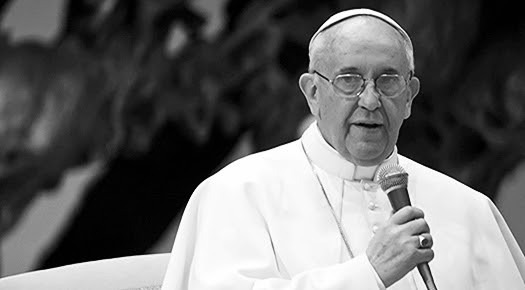
Photo Credits: Flickr
The pontifical secrecy or papal secrecy is the code of confidentiality that, in accordance with the canon law of the Roman Catholic Church, applies in matters that require greater than ordinary confidentiality. The “Secreta continere,” a canonical instruction issued by the Secretariat of State in 1974, says:
"Business of the Roman Curia at the service of the universal Church is officially covered by ordinary secrecy, the moral obligation of which is to be gauged in accordance with the instructions given by a superior or the nature and importance of the question. But some matters of major importance require a particular secrecy, called 'pontifical secrecy', and must be observed as a grave obligation."
Pope Francis has finally abolished the pontifical secrecy for sex abuse cases involving minors, which will allow for additional victim transparency and open the door for better communication with authorities. The church justified the existence of the “pontifical secrecy” rule by the protection the privacy of victims and reputations of those accused, although critics have said the latter was the true motive.
As the Guardian reports, the lifting of pontifical secrecy in sexual abuse investigations was a key demand by church leaders, including Scicluna and the German cardinal Reinhard Marx, at a summit on sexual abuse held at the Vatican in February.
They argued that secrecy in cases of child sexual abuse was outdated and that some church officials were hiding behind it instead of cooperating with authorities.
[Church leaders] said the lifting of the rule in such cases would improve transparency and the ability of the police and other civil legal authorities to request information from the Church.
Information in abuse cases should still be treated with “security, integrity and confidentiality,” the Pope said in his announcement. He instructed Vatican officials to comply with civil laws and assist civil judicial authorities in investigating such cases.
One of the documents also raises the age under which pictures of individuals can be considered child sexual abuse images “for purposes of sexual gratification, by whatever means or using whatever technology” from 14 to 18.
Charles Scicluna, the Archbishop of Malta and the Vatican’s most experienced sex abuse investigator, called the move an “epochal decision that removes obstacles and impediments”, telling Vatican news that “the question of transparency now is being implemented at the highest level.“
The Church has been rocked by thousands of reports of sexual abuse by priests and accusations of cover-ups by senior clergy around the world. Pope Francis has faced serious pressure to provide leadership and generate workable solutions to the crisis, which has engulfed the Church in recent years.
The decision made by the Pope is something new and it looks like a step forward in a long lasting battle against sexual abuse in the Church, but the time will show whether it will remain just a piece of paper or it will have an impact on how the Church deals with those cases.
